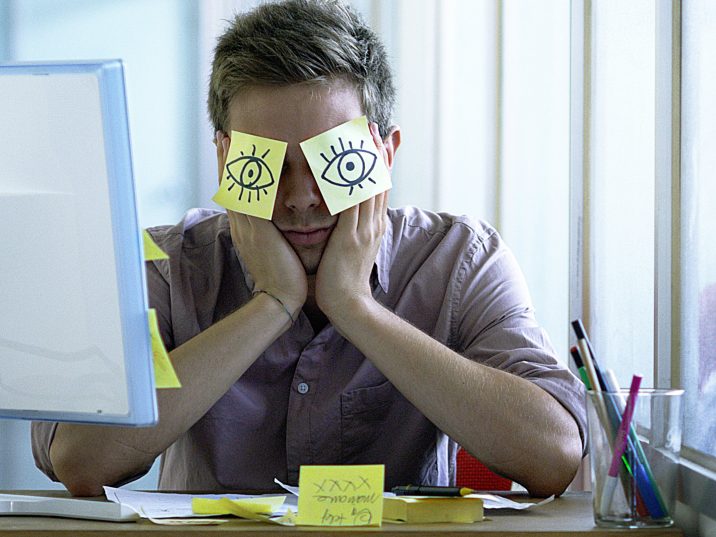How does marijuana affect my sleep and dreams?

The first part of an old stoner tale goes something like this: At a certain point, after habitually using marijuana so many consecutive days, you lose the ability to dream. Your head hits the pillow, and your mind becomes a blank canvas until you rise the next morning.
The second part, meanwhile, regards what happens should you stop smoking weed. Instead of another night of silky blackness, your sleep will roar with vivid color, indescribable scenarios, and intense eruptions of dreamscape. It will be like all the dreams you didn’t have while smoking come rushing back all at once in operatic phantasms.
Scientists have also documented this phenomenon. A 2001 study published in JAMA Psychiatry aimed to better understand how individuals who were daily recreational marijuana users reacted when they abstained from smoking weed. The subjects agreed to continue smoking marijuana as usual for several days, undergo a three-day window of abstinence, resume their usual weed habits for a stretch, then quit cold turkey for another three days. Included among the side effects scientists noticed during the abstinence periods were decreased appetites, sleep difficulties, raised levels of irritability, and that “strange dreams increased significantly during one abstinence phase.”
Many people have a basic understanding of how sleep works. When we close our eyes, our physiological systems circulate between a set stages of sleep—Stages 1 through 4, then what scientists call REM sleep, or Rapid Eye Movement sleep. REM sleep is where you dream, as your body enters a stage of paralysis (if you weren’t paralyzed, you’d likely act out your dreams in real life).
“People who use marijuana, they tend to suppress REM sleep. They have less REM sleep,” said Dr. Samoon Ahmad, a practicing psychopharmacologist and psychiatrist. “And when they have less REM sleep, you’re going to have less dreams because dreams only happen during REM sleep.”
Research suggests marijuana usage disrupts your body’s usual circadian rhythms, or your sleep wake cycle. As a 2008 study using polysomnographic (PSG) testing found, marijuana use “decreased REM sleep” and shorter “REM latency.” Prior to that, a 1975 study was the first to report that THC consumption “significantly reduced eye movement activity during sleep with rapid eye movements (REM) and, to a lesser extent, the duration of REM itself.” In addition, the 1975 study also found a “rebound” effect for REM sleep.
This might seem contradictory for those with sleep problems, like sleep deprivation or sleep apnea, who use marijuana to help them fall asleep. Overall, your quality of sleep lowers from doing so. However, most scientists will tell you that lowered quality of sleep is still better than no sleep at all. That said, if you dare to dream, you’ll have to forgo the marijuana nightcap.
420 Intel is Your Source for Marijuana News
420 Intel Canada is your leading news source for the Canadian cannabis industry. Get the latest updates on Canadian cannabis stocks and developments on how Canada continues to be a major player in the worldwide recreational and medical cannabis industry.
420 Intel Canada is the Canadian Industry news outlet that will keep you updated on how these Canadian developments in recreational and medical marijuana will impact the country and the world. Our commitment is to bring you the most important cannabis news stories from across Canada every day of the week.
Marijuana industry news is a constant endeavor with new developments each day. For marijuana news across the True North, 420 Intel Canada promises to bring you quality, Canadian, cannabis industry news.
You can get 420 Intel news delivered directly to your inbox by signing up for our daily marijuana news, ensuring you’re always kept up to date on the ever-changing cannabis industry. To stay even better informed about marijuana legalization news follow us on Twitter, Facebook and LinkedIn.




